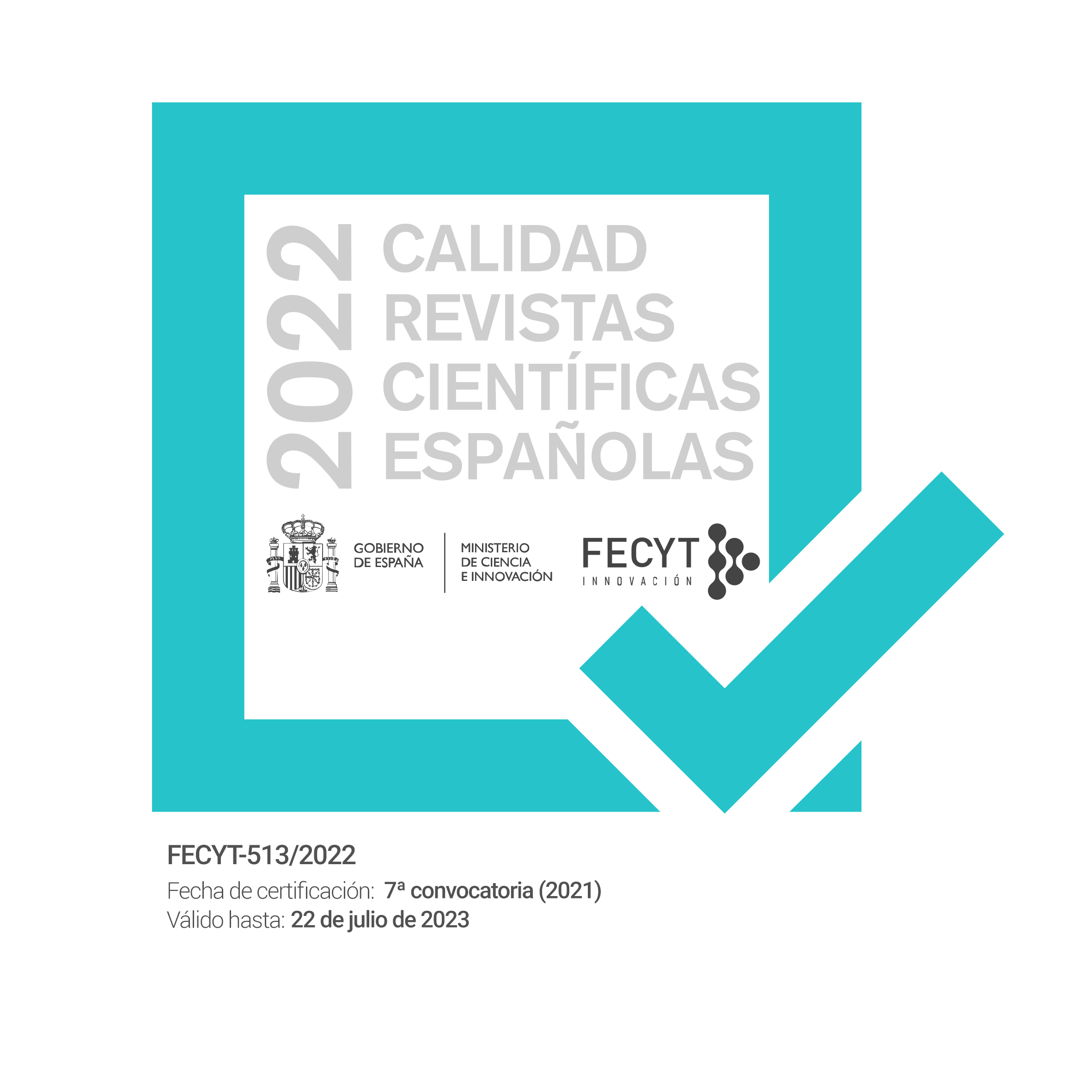ESTILOS DE ENSEÑANZA: UN PASO ADELANTE EN SU CONCEPTUALIZACIÓN Y DIAGNÓSTICO
DOI:
https://doi.org/10.55777/rea.v6i11.968Keywords:
Enseñanza, comportamientos de enseñanza, Estilos de Enseñanza.Abstract
RESUMEN
El resumen/ del artículo publicado en la REA nº3 Vol. 3 Abril (2009) lo finalizábamos exponiendo que “las propuestas, como tal, son quizá incompletas e imperfectas pero estos adjetivos las otorga, desde una crítica constructiva, el reto de complementarlas, mejorarlas y avanzar en la relación y un mayor ajuste entre la enseñanza y el aprendizaje”. En este artículo, presentamos los avances en cuanto a la conceptualización y diagnóstico de los EE.EE definidos a partir de los comportamientos de enseñanza de los docentes. Hemos definido cada uno de los Estilos y re-construido el instrumento “Cuestionario de Estilos de Enseñanza CEE” Martínez (2002), para no diagnosticar contrastando pares de Estilos, como se había realizado en la publicación anteriormente citada, sino, para valorar cada uno en sí mismo. Desde el reconocimiento, aporte y el respeto, consideramos adoptar el formato del CHAEA Alonso, Gallego y Honey (1994) para favorecer el tratamiento estadístico y facilitar el contraste de resultados. El instrumento ha sido puesto en campo y está validado en cuanto a contenido y estadísticos.
LEARNING STYLES: A STEP FORWARD IN ITS CONCEPTUALIZATION AND DIAGNOSIS. (DEPENDING ON THE LEARNING STYLES OF ALONSO, GALLEGO AND HONEY, 1994
ABSTRACT
The abstract of the article published in the REA N. 3 Vol 3 April (2009) ended maybe the proposals, such as, are incomplete and imperfect but from constructive critical, these adjectives give them the challenge of complement, improve and advance toward better fit between teaching and learning In this paper, we present the advances about conceptualization and diagnose of EE.EE according to teaching behaviors of teachers.We have defined each of the styles and re-built the instrument "Teaching Styles Questionnaire EEC" (Martinez, 2002). The aim has been discovered the ontrast styles pairs and assess each one.We have gone in for CHAEA format (Alonso, Gallego and Honey, 1994) to encourage and facilitate the statistical contrast results. The instrument has been developed and is validated in terms of content and statistical.
Downloads
Downloads
Published
How to Cite
Issue
Section
License
By submitting the original, the author(s) declare that they are aware of and accept, in full, the privacy policy as well as the copyright of the Learning Styles Magazine.
The Learning Styles Magazine offers free and open access to its content, completely free of charge, in order to bring scientific research to its readers and society in general. All digital contents are free and open access and are published under a Creative Commons license:

Rights are granted under the Creative Commons Reconocimiento-NoComercial-SinObraDerivada 4.0 Internacional (CC-BY-NC-ND 4.0)
The Learning Styles Magazine is an open access journal. Publication of articles or reviews in the Journal does not entitle you to any remuneration. For authors as well as readers, the journal is free Creative Commons Reconocimiento-NoComercial-SinObraDerivada 4.0 Internacional (CC-BY-NC-ND 4.0).
With this licence, the reproduction and dissemination of the contents of the magazine for educational, social and knowledge transmission purposes is permitted, without any profit motive in mind, provided that the source and authorship are not modified. The licence granted to Learning Styles Magazine allows the copying and distribution of the magazine's contents, as long as the authorship of the work is recognised, correctly specifying the author and the publishing entity. The work may not be used for commercial purposes, nor may it be altered, transformed or generated from this work.
The publication of articles or reviews in the Journal does not give the right to any remuneration.
The Learning Styles Journal invites the author/authors to increase the visibility and scope of their articles published by re-disseminating them in:
- Web spaces and personal networks, as well as in scientific meetings and forums
- Open institutional archives in Universities, educational repositories and Research Centres.
- Academic and scientific networks (Researchgate, Academia.edu, Plubons, etc.)
All these spaces and publications must include all the bibliographic data of the publication.
























